Do you have a question about the Hologic Trident and is the answer not in the manual?
United States federal law restricts this device to use by, or on the order of, a physician.
The Hologic® Trident system acquires and displays the radiographic images of surgical and core specimens.
Refer to the title page of this manual for contact information for product support.
Primary System User (for example, operating room nurse) to perform basic system functions.
Table defining technical terms and abbreviations used throughout the manual.
Descriptions of Warnings, Cautions, and Notes used in this manual.
The system components for x-ray generation are contained in the Shielded Cabinet.
Read and understand this manual before you use the system. Keep the manual available.
Lists various warnings about electrical hazards, flammable anesthetics, and proper usage.
Explains how safety interlocks stop x-ray generation and error messages.
Describes system compliance requirements and manufacturer responsibilities.
Illustrates the locations of various labels and warnings on the system.
Details the components within the shielded cabinet, including specimen locations.
Identifies the components of the workstation, including display, keyboard, and mouse.
Describes the components of the system cart, including the computer and locking casters.
Explains the function of the key switch, status indicators, and exposure controls on the cabinet.
Describes the power control and status LED for the system display.
Provides instructions for connecting network and power cables to the system.
Step-by-step guide to powering on and logging into the system.
Details the process of logging into the system with user credentials.
Instructions for properly shutting down and logging out of the system.
Procedure for disconnecting the system and optional UPS from the power source.
Explains how the system operates on battery backup and alerts for battery status.
Overview of the screen used to search, select, and manage patient data.
Steps to open an existing patient procedure or start a new one.
Procedure for entering new patient information into the system.
Instructions for modifying existing patient details.
Procedure for removing patient records from the system.
Details on using filters to search and sort patient lists.
Action to update the patient list with the latest data.
Using the query feature to search for patients in the Modality Worklist.
Description of the main screen for managing procedures and acquiring images.
Steps to select an existing procedure from the list on the Procedure screen.
Guide on manually or automatically setting kV and mAs for image acquisition.
Detailed steps for capturing an X-ray image using the system.
Procedure for adding a new procedure for an active patient.
Steps to finalize and save images for a patient procedure.
Guide on accessing tools for reviewing and enhancing acquired images.
Instructions for selecting output devices for sending images.
Procedure for configuring output destinations for images.
Explanation of manual Archive, Print, or Export functions.
Steps to archive images to a selected storage device or output group.
Instructions for printing acquired images to a connected printer.
Steps to export images to a selected device or target.
Description of icons and functions available on the system taskbar.
Instructions for preparing the specimen cabinet for image acquisition.
Procedure for performing monthly gain calibration to ensure image quality.
Overview of image display and review process after exposure.
Details displayed on the left of the image, related to patient and exam information.
Details displayed on the right of the image, related to visualization tools and values.
Steps for using image tools to enhance and analyze acquired images.
Description of the various tools available for image manipulation and analysis.
Overview of the tab that provides access to image review tools.
Functionality to add textual notes and comments to images.
Tools for drawing shapes, lines, and adding text annotations to images.
Allows entry of information related to the specimen being imaged.
Instructions for transferring acquired images to external devices.
Steps for powering on the system, connecting, and logging in.
Detailed process for acquiring X-ray images, including patient selection and exposure settings.
Procedure for closing patient procedures and shutting down the system.
Guide to accessing and navigating the system's administrative interface.
Description of the various functions available within the Admin screen.
Instructions for accessing and utilizing the system's configuration and diagnostic tools.
Overview of the System Tools interface and its available sections.
General guidelines for cleaning and disinfecting the system.
Procedure for cleaning the unit and surfaces not in contact with specimens.
Recommended solutions and procedures for disinfecting system components.
Precautions regarding cleaning agents and methods to avoid damage or injury.
Specific cleaning instructions for the workstation components.
Detailed steps for cleaning the system display screen.
Procedure for safely removing the keyboard cover for cleaning.
Instructions for cleaning the removable keyboard cover.
Method for cleaning the keyboard keys and surfaces.
Physical dimensions and weight specifications for system components.
Environmental conditions required for safe operation and storage.
Technical details for the workstation's operating system, storage, and display.
Specifications for the system's network interface and cabling.
Details on the system's power requirements and voltage ranges.
Technical specifications for the X-ray tube, including focal spot and voltage.
Technical specifications for the X-ray generator, including kV and mAs ranges.
Technical details about the image receptor and its performance.
Guidelines for handling and resolving system faults and alert messages.
Categorization of system messages, including fault levels and alert types.
Information on how to interpret and respond to system status messages.
General advice for troubleshooting system issues and restarting after faults.
| Brand | Hologic |
|---|---|
| Model | Trident |
| Category | Medical Equipment |
| Language | English |
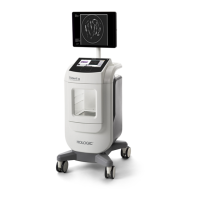
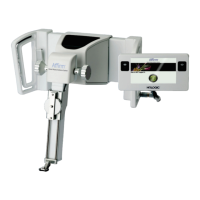
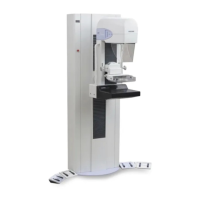


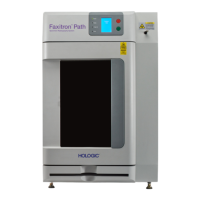
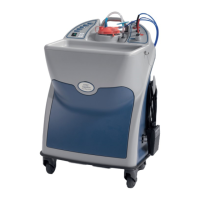
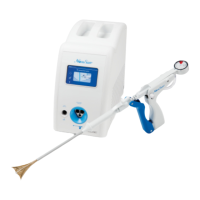
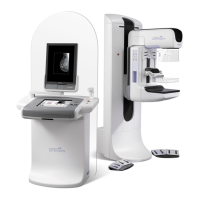
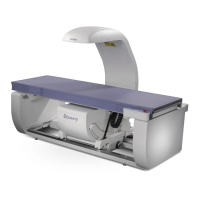

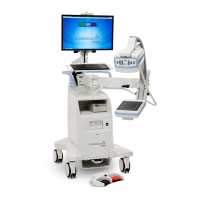
